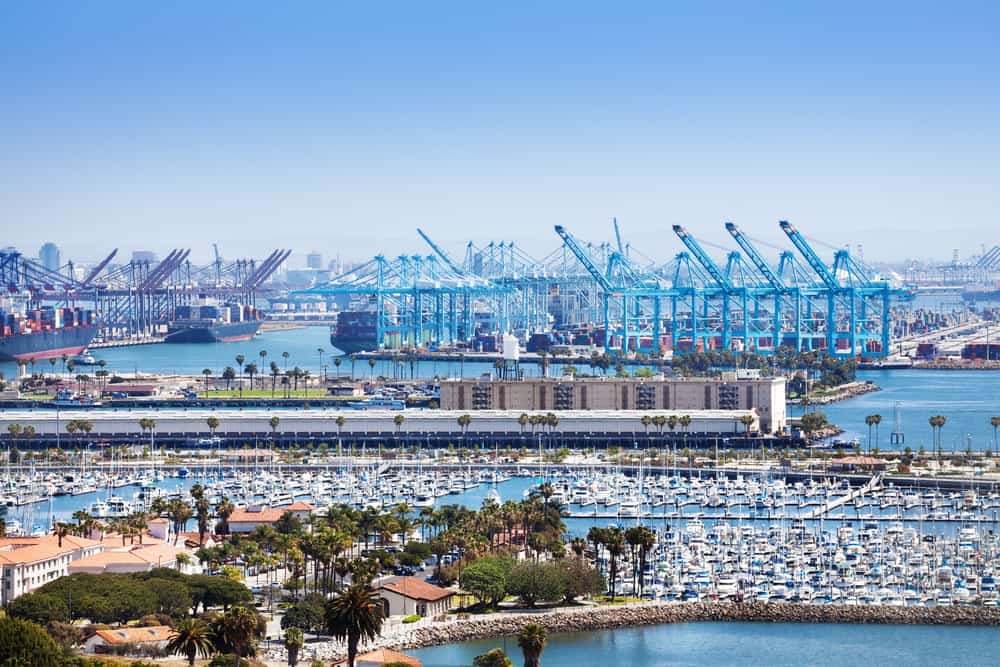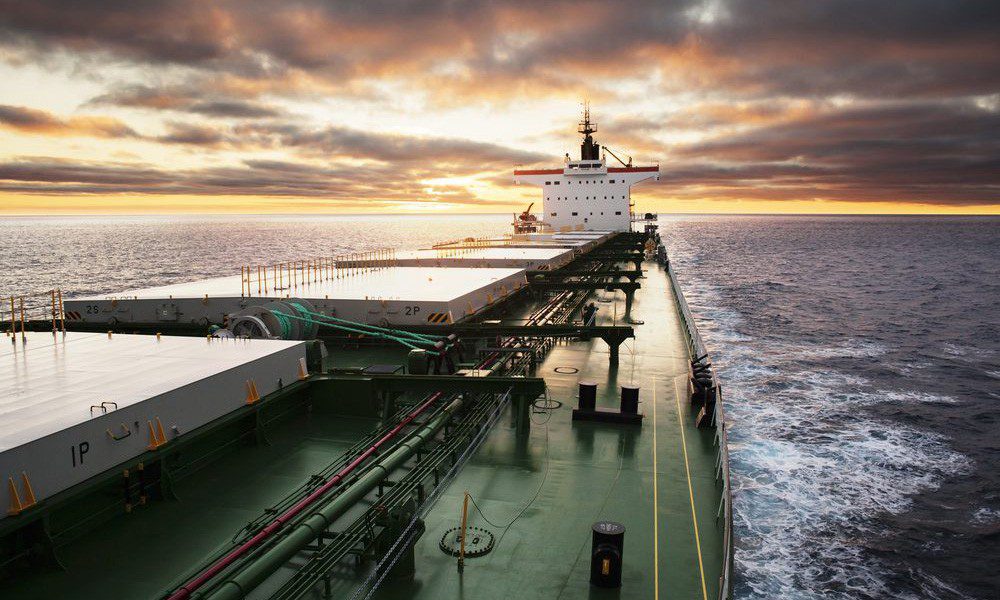
The NGOs behind De Rijke Noordzee (The Rich North Sea) want to seize the unique opportunity offshore windfarms present to enhance the environment in the North Sea and believe projects they have already completed demonstrate doing so is possible
Working with energy companies such as Eneco, leading developers such as Ørsted and Vattenfall, transmission system operator TenneT, offshore contractors such as Van Oord and a host of other organisations in the Netherlands and elsewhere, De Rijke Noordzee has completed several projects in the Dutch sector of the North Sea.
The projects have demonstrated that offshore wind can be used to cost-efficiently enhance the environment in the North Sea, even in areas that are ‘dead’ from an environmental point of view.
De Rijke Noordzee will be completed in 2023, but as Erwin Coolen, who leads the project on behalf of the Natuur & Milieu and Stichting De Noordzee (North Sea Foundation), the initiators of The Rich North Sea project told OWJ, that will really only be the beginning.
Developers will be familiar with the need to conduct environmental assessments for any project they carry out. But these are essentially about risk mitigation during construction, operation and decommissioning of offshore windfarms – ensuring the environmental effects of offshore windfarms are minimised.
“De Rijke Noordzee takes this an important step further, “ Mr Coolen explained. “Rather than just minimising the potential negative effects, we want to make the North Sea healthier, and enhance nature, using offshore windfarms to bring about a positive environmental impact. Every windfarm is different, with different water depths, currents, seabed type. We aren’t proposing a one-size-fits-all approach, but there are opportunities to enhance nature in every project.”
Many of the benefits of projects completed to date exploit the benefits that arise from the introduction of hard substrates such as scour protection systems around turbines, but there are many other ways offshore structures can be used to positive environmental effect.
Starting in 2018, on the Eneco Luchterduinen offshore windfarm, the project partners investigated whether oyster larvae would adhere to underwater structures. At the Gemini offshore windfarm, some of the largest oyster beds in the North Sea are being created and restored. On the Borssele I & II windfarms, research is being conducted into the beneficial effects of artificial reefs on lobsters, cod and other marine life.
At the Borssele III and IV offshore windfarms, in the ‘Blauwind’ project, scientists are attempting to create reefs for flat oysters, which have almost completely disappeared from the Dutch North Sea.
Mr Coolen explained that oyster reefs are of great importance to marine life because they filter seawater and provide a habitat for small fish. If they become established in an area, it could become attractive to other species, such as sharks, rays and seals. In addition, soft coral can attach itself to the hard substrate of the oysters.
In the latest project, on Vattenfall’s Hollandse Kust Zuid windfarm, scientists in De Rijke Noordzee are investigating the beneficial effects of modifications to monopile foundations.
Earlier studies focused on nature enhancement in the vicinity of turbines, but now Natuur & Milieu and Stichting De Noordzee are studying how the structures themselves can enhance the environment. Water replenishment holes in monopiles provide an opportunity for fish and other species to use the foundations. The aim of the study is to determine whether they can use the inside of foundations to for shelter and as feeding grounds.



